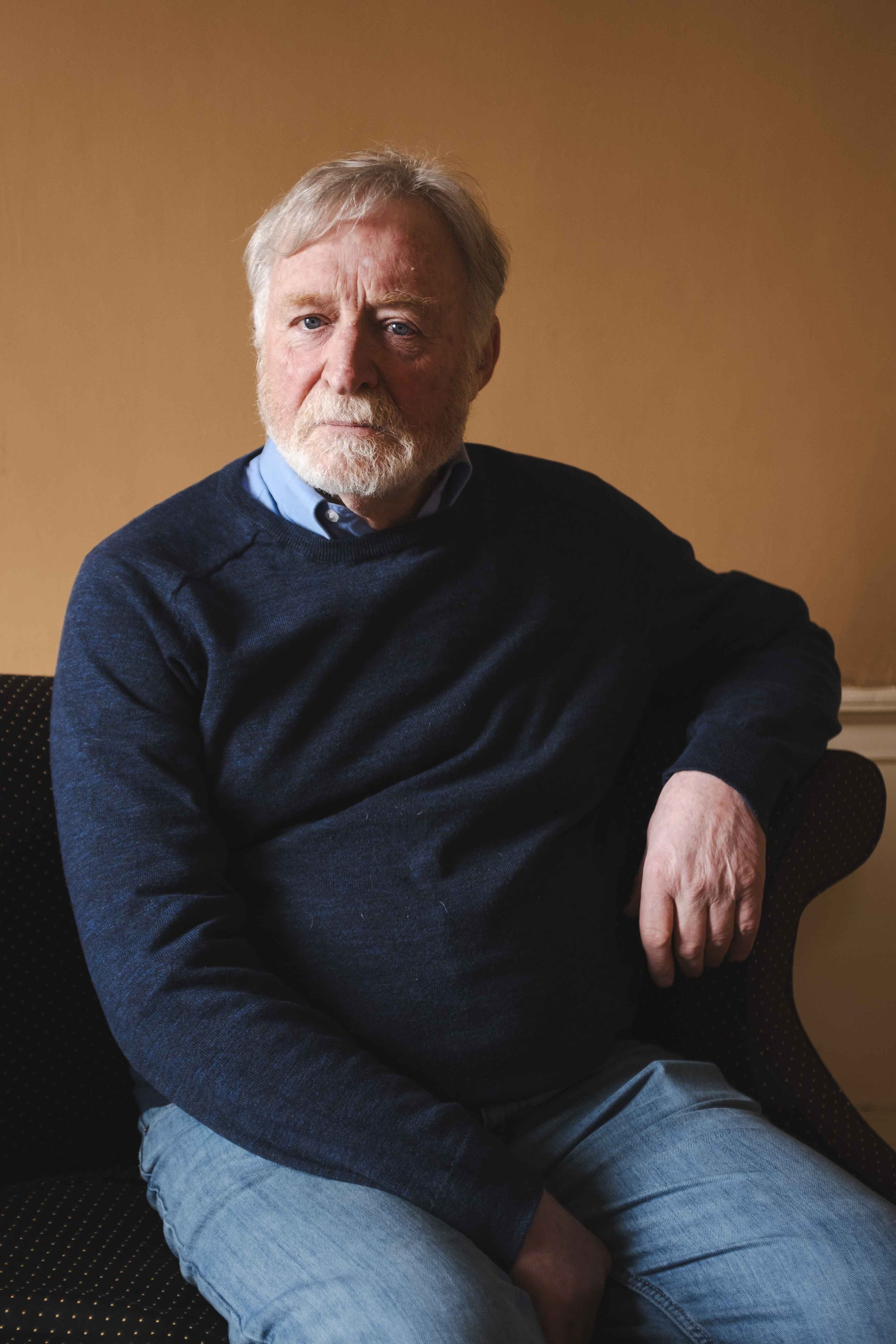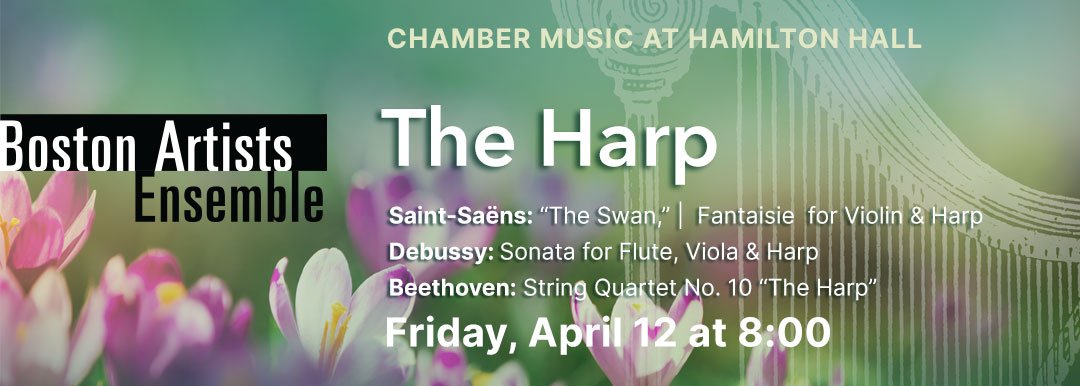Upcoming Events
"A Modest Little Art Show That Wasn't"
Jim McAllister
Sunday, April 28, 3:30-5:00pm
At a glance, the 1939 art exhibition at Hamilton Hall, a part of the June 28th "Chestnut Street Day" celebration, seemed like a typical neighborhood show. However, it was significantly more.
The exhibition showcased works from local amateur painters and art teachers, sprinkled with oils or watercolors from a handful of artists whose works were also displayed in major museums. These artists were well-known among American art museum curators, critics, dealers, and collectors. Fifty years prior, members of this group, including long-time Salem residents Frank Weston Benson, Ross Sterling Turner, and Philip Little, had established the foundation for the thriving Salem art colony.
Local historian Jim McAllister notes that recent years had been hard on many of these aging artists, making the 1939 show at Hamilton Hall a tribute and a poignant farewell to the Salem art colony and its members. McAllister uses the exhibit to highlight some of the more prominent exhibitors and introduce their esteemed but lesser-known colleagues.
He also delves into the intriguing professional relationships among Salem artists, dating back to the 1880s, their connection to the Chestnut Street neighborhood, and their contribution to the city's cultural life.
THE HARP | Boston Arts Ensemble
April 12, 8pm
Don’t miss this season’s final BAE program, which offers a rare showcase for the harp. Two pieces by French composer Camille Saint-Saëns pair the harp first with cello, then with violin, to strikingly characterful effect. “The Swan,” the most famous episode from the composer’s ever-popular Carnival of the Animals, is heard here in a duo arrangement that cushions the cello’s broad-breathed, luminous melody against a gently atmospheric harp backdrop. Saint-Saëns dedicated his virtuosic Fantaisie for violin and harp to two sisters, one of them a violinist, the other a harpist.
Claude Debussy’s Sonata for Flute, Viola, and Harp—one of several late sonatas he wrote for different instrumental combinations—reflects his fascination for juxtaposing varied instrumental timbres and textures. The program’s closing work provides further contrast in the form of Beethoven’s masterful String Quartet in E-flat, Opus 74, nicknamed “The Harp” for a number of passages suggesting the sonority of that instrument through the use of plucked strings.

